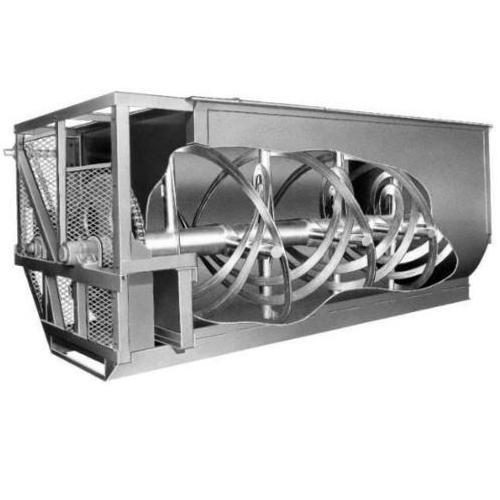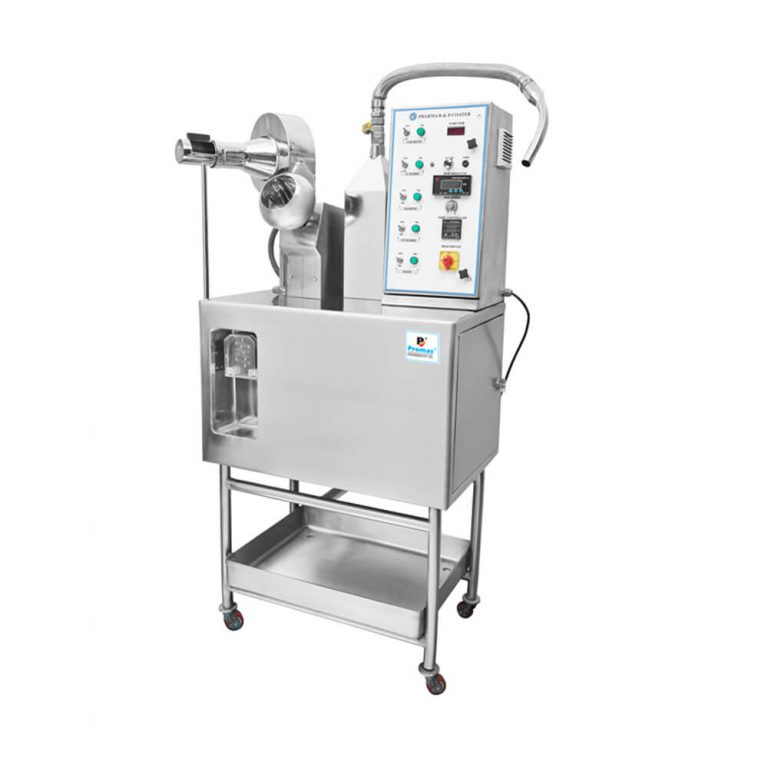The ribbon blender can be used as a paste mixer, vacuum dryer, and granulator/coater in addition to dry blending. Dry powders, granules, pellets, and other solid forms are often blended with ribbon blenders. The agitator’s inner and outer helical ribbons are tuned to move material axially and radially in opposing directions. This combination encourages quick mixing. There are various techniques to add liquids to a dry batch. Choosing the correct is critical for achieving repeatable blending results in a short possible cycle time.
Here’s 5 Tips for Adding Liquid to a Ribbon Blender are listed below:
- If the liquid element is a minor component, such as a fragrance, colouring, or flavouring, it should be introduced to the dry raw materials via atomizing nozzles fitted in a spray bar assembly. The spray bar can be linked to a pressure vessel or a metering pump can be used to deliver the liquid at a controlled pace. Because there is no need to overwhelm the blender, generating wet clumps of the powder, or prolonging the mixing cycle needlessly, the liquid flow rate is crucial. To guarantee equal coating or absorption, liquids are usually added while the batch is being agitated.
- Liquids can be added through the cover or charge ports when working with paste-like or slurry applications. Ribbon blender machine used to mix cake batter, for example, usually include separate injection ports for water, oil, and eggs. Make sure your discharge valve is liquid-tight, as many blenders only come with dust-tight valves.
- Ribbon blenders with an extrusion screw in the trough’s bottom are useful for blending thick pastes and other viscous materials. The screw auger improves mixing and allows for 100 per cent discharge. At the outlet, a die with various holes or slots may be added to discharge the completed product in threads or sheets.
- Make sure your blender isn’t half-full. Enough batch material – corresponding to at least 30-40% of the rated volumetric capacity – is needed for optimal mixing in a ribbon blender machine. The blender fails to make appropriate contact between the agitator and the product while working with lesser volumes. Furthermore, when liquid is sprayed to an underfilled batch, the odds of materials accumulating on the sidewall or portions of the agitator are higher. To help avoid material buildup, inside surfaces should be polished and each weld should be radiused.
- To avoid “dead zones” in the batch, a well-designed blender maintains tight tolerances between the outside ribbon and the trough, ranging from 1/8″ to 3/16″. Scrapers should be installed in strategic places of the agitator (as close to the trough wall as feasible without touching it) for wet powder applications that tend to pack in corners.
Ribbon Blenders from Promas Engineers meet the highest quality and long-term performance criteria. Every aspect in design and fabrication translates to higher production value for the end-user, thus we pay close attention to it. Promas Engineers is one of the best ribbon blender suppliers to ensure that the lateral and radial blending of ingredients is well-balanced and homogeneous. Vacuum capability, heating jackets, high-speed choppers to break up agglomerates quickly, spray nozzles for consistent liquid addition, automated valves, and many other design options are available and ribbon blender price varies according to that.




